| អ្នករបាំទេព នៃអាណាចក្រខ្មែរ សម័យដើម និងទំនើប Celestral dancer of Khmer's empire 1, 2 | អ្នករបាំទេព នៃអាណាចក្រខ្មែរ កិន្នរ Kennari 1, 2 |- អ្នករបាំទេព ល្ខោនខោល Khol= khon in thai 1, 2 | អ្នករបាំទេព Yuki/yugi of Bayon | ឧបករណ៍ភ្លេងខ្មែរ និងអ្នករបាំទេព នៃអាណាចក្រខ្មែរ dancers and music instruments Khmer's modern music instruments, heritage de l'Empire 1, 2 | ដូចមានជាភស្តុតាងនៅលើជញ្ជាំងប្រាសាទ និងបដិមាជាច្រើន របាំខ្មែរ ជារបាំពិសិដ្ឋ ឧទ្ទិសដល់ ដល់អាទិទេពនានា ជាពិសេស ព្រះសិវៈ។ របាំព្រះសិវៈ គឺជារបាំនៃការបង្កើត។ យោងទៅតាមរឿងព្រេងខ្មែរ ព្រះសិវៈបានបង្កើតពិភពលោក និងសកលលោក ដោយរបាំដែលគេស្គាល់ថាជា "របាំព្រះសិវៈ"។ វប្បធម៌ដ៏ពិសិដ្ឋនេះបានក្លាយជាសិល្បៈដ៏ពិសិដ្ឋ និងជាទំនៀមទម្លាប់របស់ជនជាតិខ្មែរដ៏អស្ចារ្យ។ La danse khmère est une danse sacrée dédiée aux divinités hindoues selon la croyance khmère. Depuis époque pré-Angkor, de nombreux lintels et statuts gravés ou sculpté montrant des danseurs célestes ont survécus des guerres et d’autres pillages. Ainsi sur une empreinte de pieds des divinités védiques khmers (Trei bat), probablement de l’époque Funan, montrant les danseurs et danseuses célestes avec leur couronne multiforme et habites ressemblent à la fois à des habites traditionnels de la période Angkor et post-angkor. Ainsi sur un récite de l’époque Funan, on peut lire, Prabat Kunnavarman, roi de Funan, fils de Pranbat Kaudinya Jayavarman I est un fervent visnuite. Il vénère un gros l’emprunt de Visnu. Sur cette empreinte, on peut notamment contempler des Kennaris dansants et plusieurs danseurs de sexe masculin, probablement de Shiva en forme de Isi kampu, dansant la danse sacrée. Les danseuses femme portent des habites, dites, les habites traditionnels khmers comme portés les danseuses royales du Cambodge actuel avec leurs long étoffe/Sbai tombant jusqu’aux pieds et au-delà. Cette Sbai sacrée comme en témoigne le chanson mystique Prah Thong taong Sbai Neang Neak, est ancré dans la mémoire collective khmère étant une identité sacrée indivisible. Pour la période Angkor, de nombreuses sculptures sur les murs des temples khmers, notamment Angkor, Bayon, ont montré la majesté et l’étendue de la danse céleste et l’art khmer. Sur les murs de Bayon, on peut admirer des musiciens avec leur instruments multiple et varié. Plusieurs groupes de musiciens continuent de jouer leurs instruments dans la joie et la bonne humeur comme si de rien était. Malgré le durci du temple et des guerres, les danseurs célestes continuent d’exécuter la danse sacrée avec grâce et dévouement. Ainsi sur empreinte de pied probablement de période Angkor montrant des modèles de constructions des temples, de magnifiques kennaris(Kennari Angkor-Bayon, Banteay Chhmar/kh1,2), des divinités Visnu, Brahma, Shiva, des éléphants à trois têtes à côté d’autres animaux mystiques comme on les voit sur les murs d’Angkor. Les modèles des bateaux mystiques sur cette empreinte mystique et magistrale ressemblent aux bateaux défiler pendant la fête de l’eau (Bun Omtuk) dans l’actuel Cambodge. La danse khmère est fondamentalement une danse sacrée de création du monde et de l’univers. Ainsi, selon croyance khmère ancienne, Shiva a créé le monde et l’univers en dansant et cette danse a résonné dans tout le cosmos créant toute choses mobile et immobile, visible et invisible. Et depuis, Sa Danse ne cesse de résonner dans le cosmos créant toute vie visible et invisible jusqu’à la fin du temps. Chaque geste sacré dans la danse khmer marque une étape d’une création, du commence une vie jusqu’à la fin. C’est ainsi la croyance khmère ancienne mais malheureusement était rompu avec la domination hinayana bouddhisme suite au déclin de l’empire khmer au 15th. Pourtant, cette culture magnifique a failli disparait ou au moins vide de son sens, suite à des guerres, des invasions, des massacres perpétués contre les Khmers. Selon le récite thaïlandais, vrai ou faux, en 1431, à la suite une 2ème pillages massifs de la cité sacrée par les tais, la troupe entière du ballet de la cité Angkor ont été déporté à ayuthaya. Pourtant, à la fin du 19th, le troupe ballet tai ressemble plutôt à la troupe de théâtre chinoise, y compris leur style vestimentaire ou costume. De cette époque, les musciens et les dancers tais qui resemblent aux Khmers sont évidemment les musciens et les dancers Khmers déportés ou venus des provinces khmers freshement conquis par les tai-qing comme Surin Buriram, Sisaket, Sras Keo, Yasothon, et quelques régions khmères dans le south thailand. A la suite de récent génocide 1975-1979 perpétués contre les khmers par les communistes indochinoise vietcong vietminh donc les khmers rouges étaient de basse main, le danse sacrée khmère a failli de nouveau disparaitre. Actuellement, cette culture millénaire si majestueux et si fragile tente bien que mal à résister à une volonté d’anéantissement de cette formidable culture des Khmers. ********* English version On that footprint, one can notably contemplate the dancing Kennaris and several male dancers, probably Shiva in the form of Isi kampu, dancing the sacred dance. The female dancers wore Khmer’s traditional as worn by the royal dancers of present-day Cambodia with their long fabric/Sbai falling to the feet or beyond. This sacred Sbai as evidenced by the mystical song Prah Thong taong Sbai Neang Neak, is anchored in the Khmer collective memory being an indivisible sacred identity. For the Angkor period, numerous sculptures on the walls of Khmer temples, notably Angkor, Bayon, showed the majesty and extent of the celestial dance and other Khmer art. On the walls of Bayon, we can admire the musicians with their multiple and varied instruments. Several groups of musicians continue to play their instruments with joy and good humor as if nothing had happened. Despite the harshness of the temple and wars, the celestial dancers continue to perform the sacred dance with grace and dedication. Thus on a footprint probably from the Angkor period showing the models of the temples, some magnificent kennaris, the deities Visnu, Brahma, Shiva, the three-headed elephants alongside other mystical animals as we see them on the walls of 'Angkor. The models of the mystical boats on this mystical and masterful footprint resemble the boats paraded during the water festival (Bun Omtuk) in present-day Cambodia. Khmer dance is fundamentally a sacred dance of creation of the world and of the universe. Thus, according to ancient Khmer belief, Shiva created the world and the universe by dancing and this dance resonated throughout the cosmos creating all things mobile and immobile, visible and invisible. And since then, His Dance continues to resonate in the cosmos creating all visible and invisible life until the end of time. Each sacred gesture in Khmer dance marks a stage of a creation, from the beginning of a life to the end. This is the ancient Khmer belief but unfortunately this belief was broken out with the Hinayana Buddhism domination following the decline of the Khmer empire in the 15th century. However, this magnificent culture almost disappeared following wars, invasions and the long massacres perpetuated against the Khmers. According to the Thai story, true or false, in 1452, following a second massive pillaging of the sacred city Angkor by the Tais, the entire troupe of the Angkor city ballet was deported to Ayuthaya. Yet, in the late 19th early 20th, the tai ballet troupe more closely resembled to that of Chinese, including their style and costume. Though, in that period, the tai musicians and dancers with Khmer's style and art are obviously the Khmer musicians and dancers deported from Cambodia or come from the Khmer provinces freshly conquered by the Tai-Qing like Surin Buriram, Sisaket, Sras Keo, Yasothon, and some regions in south thailand. Following the recent 1975-1979 genocide perpetuated against the Khmers by the Indochinese Vietcong Vietminh communists, the Khmer sacred dance is almost disappeared again. Currently, millennium culture, so majestic and so fragile, is trying hard to resist the desire to annihilate this formidable culture of the Khmers. |
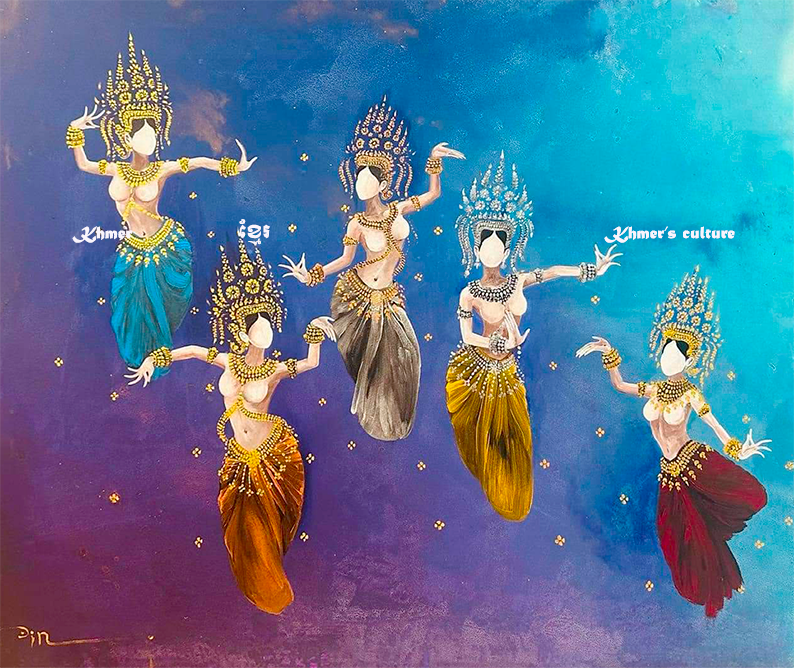 |
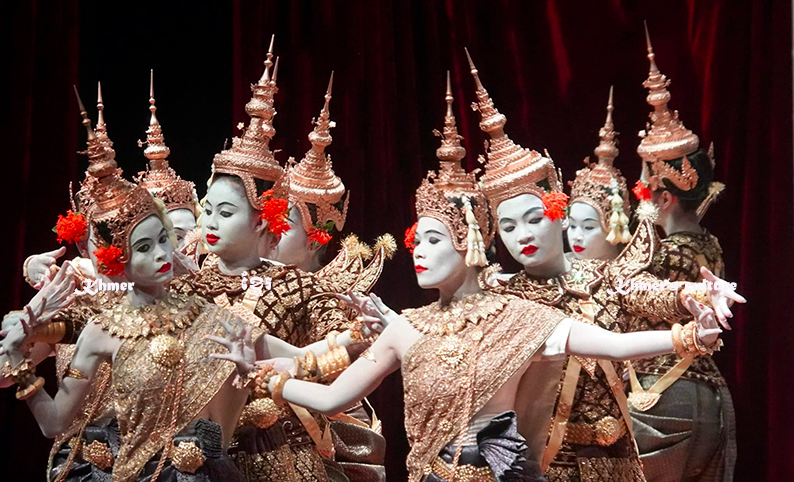 |
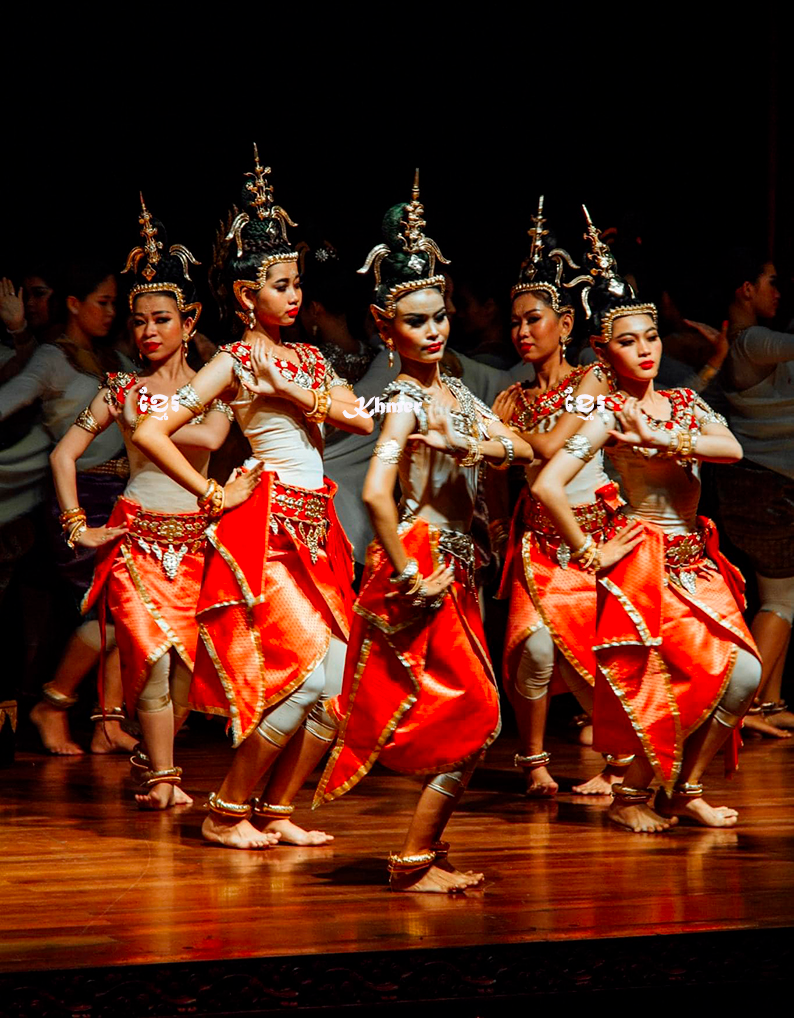 |
 |
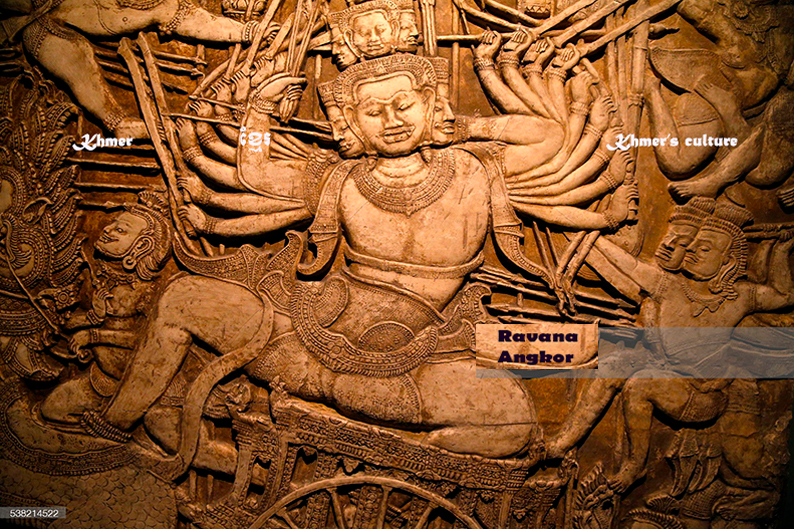 |
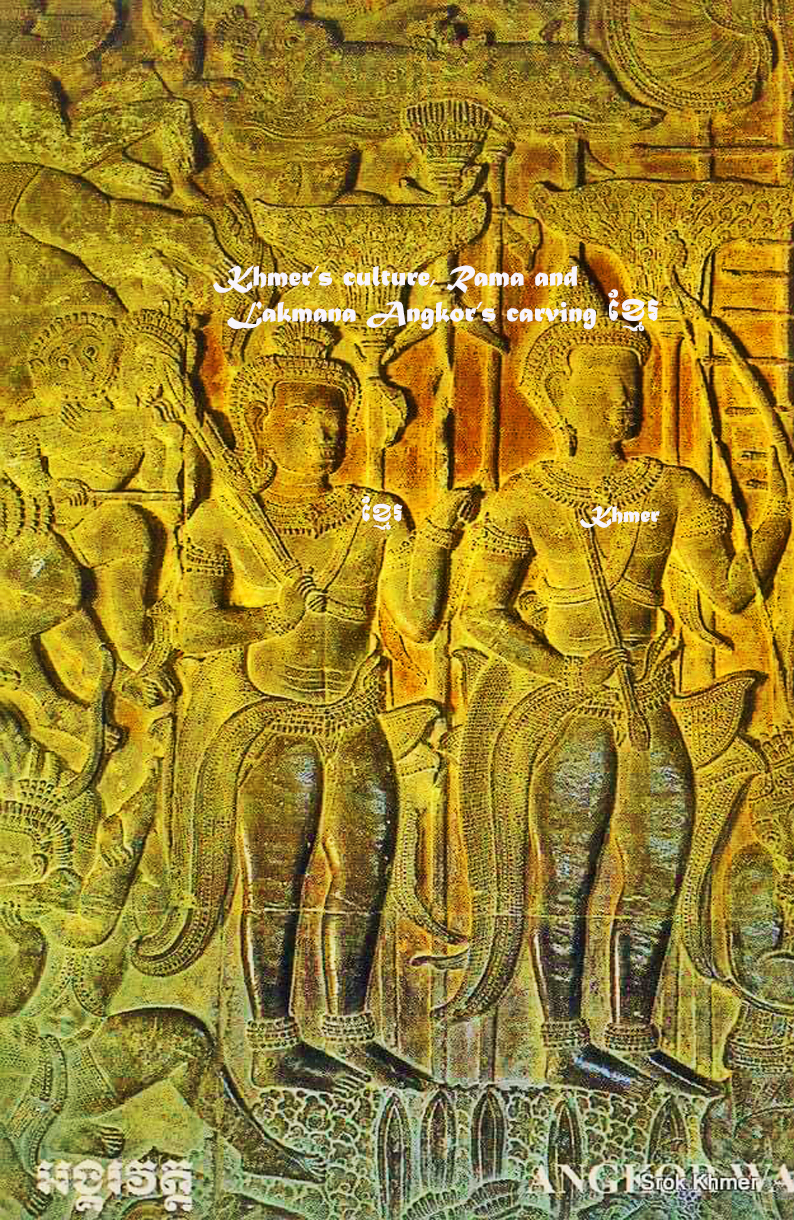 |
 |
 |
Update Décembre 2023 |
| បណ្ណាល័យព្រលឹងខ្មែរ- 7 | 6 | 5 | 4 | 3 | 2 | 1 | ~ *~ 1 | 2 | 3 | 4 | 5 | 6 | 7 - បណ្ណាល័យព្រលឹងខ្មែរ |